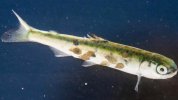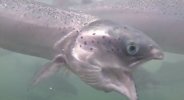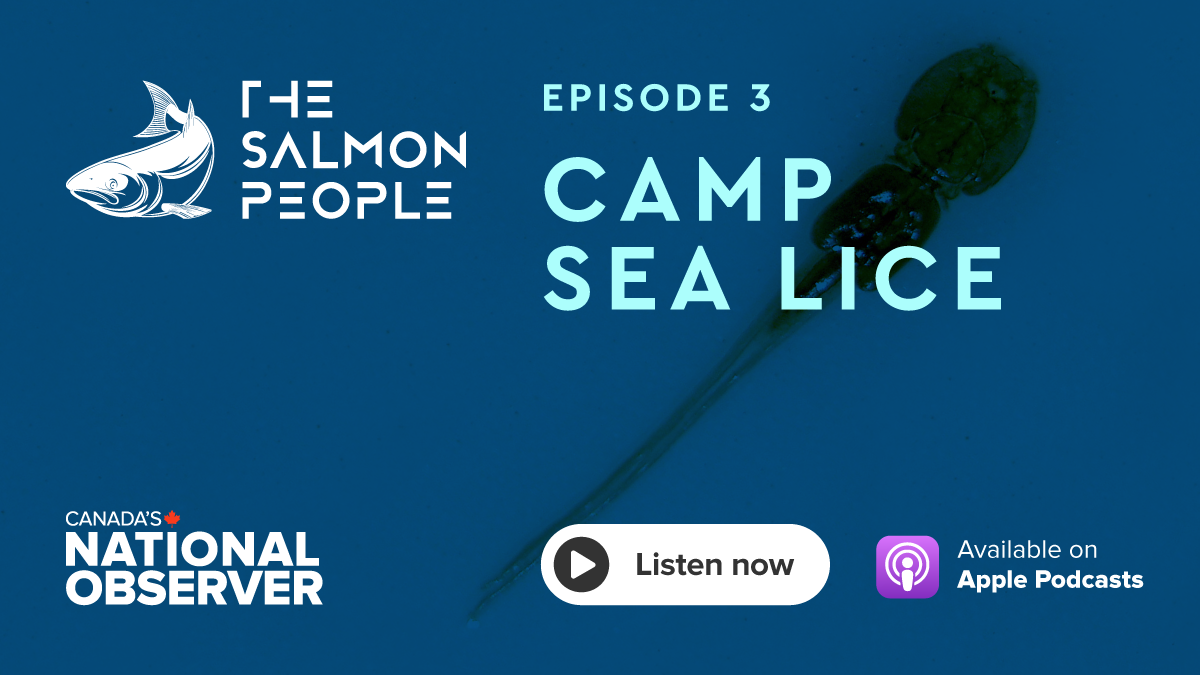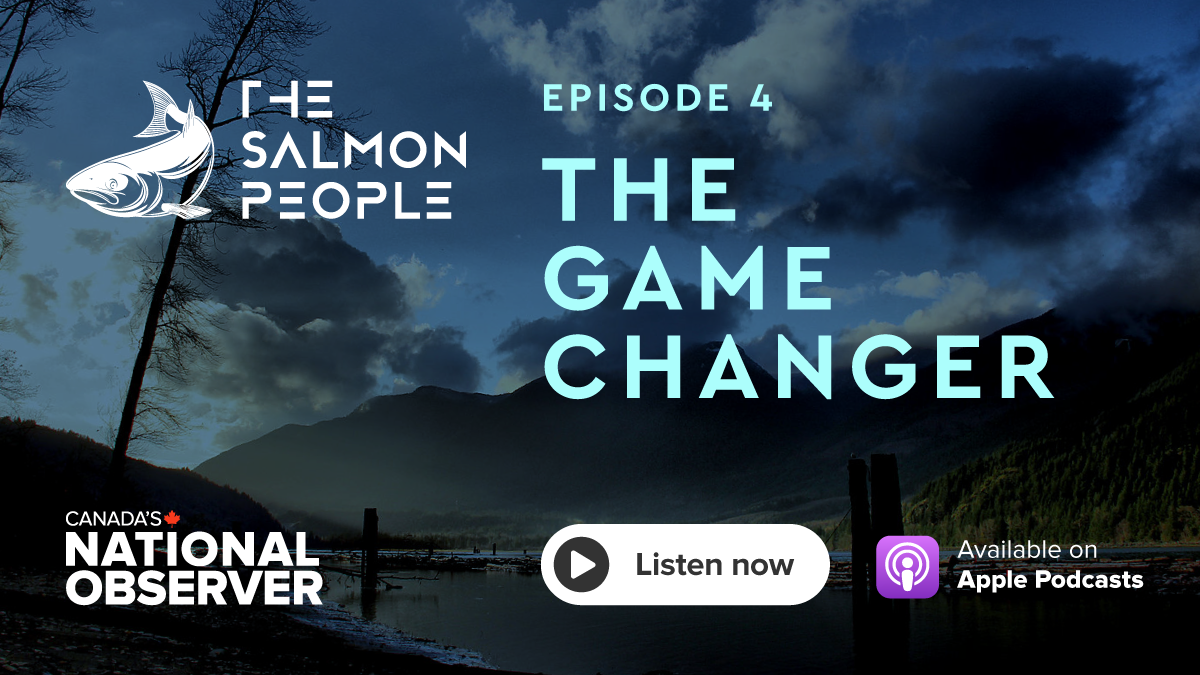There are numerous farms in the Broughton operating and they were operating near Campbell River (DI) on this years out-migration and still are operating around Hardy and all three or these areas are having good pink returns this year. The Broughton had one of the largest returns ever while all of the farms were there. Believe what you want but the return data is all there. AA raised some interesting comments re lice levels which would be interesting to explore. There is more at play than just fish farms.
Meanwhile, there are anecdotal reports of fairly robust pink salmon returns in the Broughton Archipelago area, leading to speculation by some that the removal of open-net salmon farms from that area in 2019 and 2020 might have something to do with this year’s better returns.
“This year’s significant rebound in pink salmon returns present compelling evidence that it is the salmon lice sloughed-off from open-net salmon farms that was (and remains) the primary cause of critical declines in the returns of wild salmon,” the First Nations Wild Salmon Alliance (FNWSA) said in a press release.
Unlike other species of Pacific salmon, pink salmon live for only two years. The pinks returning now would have migrated to sea in 2020, after some salmon farms in the Broughton Archipelago had been removed.
Whereas pink salmon in that area returned in the hundreds in 2020, there is anecdotal evidence of pink salmon returning now in the thousands, said Bob Chamberlin, chairman of the FNWSA.
But 2020 is a bad yardstick to measure by. That was the year when the commercial catch for various species of salmon throughout the Northern Pacific was one of the lowest in decades. Returns this year of any species of salmon might look good in comparison to 2020.
The Department of Fisheries and Oceans’ counting of salmon in areas like the Broughton Archipelago is spotty, so it may be hard to gauge just how this year’s return of pink salmon compares to previous years.
One area where salmon are counted is the Quinsam River, which has a hatchery, in the Campbell River area, and the results so far suggest some very healthy returns of pink salmon.
“They’re indicating a very good return of pinks,” Riddell said. “In-river visual count of over 150,000, so that’s a nice message, early on, and that would bring the good returns right down into Campbell River.”
But it would be premature to ascribe this year’s pink salmon returns to the removal of salmon farms, as there are so many other variables at work that might explain either increases or decreases in returns.
You believe what you like I believe it’s the removal of Fish Farms and if those pink numbers start holding up over the next couple of years It will suggest that is the case.






